Home>Garden Essentials>What To Wear For Landscaping
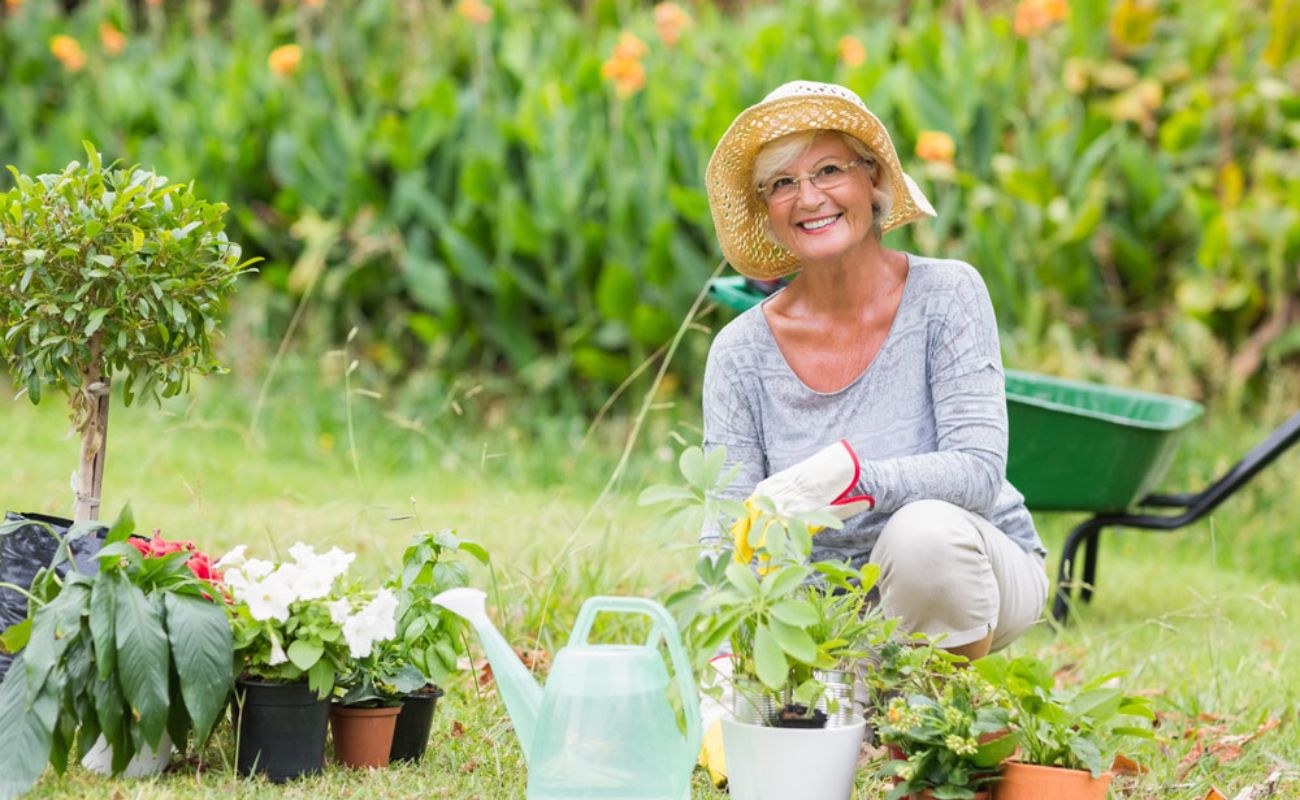

Garden Essentials
What To Wear For Landscaping
Modified: March 7, 2024
Discover the best garden outfits to wear for landscaping. Find practical and stylish clothing options that will keep you comfortable while working outdoors.
(Many of the links in this article redirect to a specific reviewed product. Your purchase of these products through affiliate links helps to generate commission for Storables.com, at no extra cost. Learn more)
Introduction
When it comes to landscaping, wearing the right gear is essential. Whether you are an avid gardener or a professional landscaper, dressing appropriately not only enhances your safety but also improves your efficiency and comfort while working outdoors.
Landscaping involves various tasks such as pruning, mowing, digging, and lifting heavy objects. These activities can pose potential hazards if you are not properly equipped. From protecting your feet and hands to shielding yourself from the sun and other environmental factors, having the right gear can make all the difference.
In this article, we will explore the different types of clothing and accessories you should consider wearing when engaging in any landscaping activities. From safety equipment to footwear and headgear, let’s dive into the world of garden fashion and discover how to dress for success in the garden.
Key Takeaways:
- Dressing appropriately for landscaping is crucial for safety, comfort, and productivity. From safety equipment to footwear and clothing, the right gear reduces the risk of accidents and protects you from potential hazards in the garden.
- Choosing the right gear and accessories for landscaping enhances functionality and overall gardening experience. Invest in proper gear, stay hydrated, and take breaks to create a safe and comfortable environment while enjoying your garden.
Read more: What To Wear To A BBQ
Safety Equipment
Before diving into the fashion aspect, let’s first address the importance of safety equipment in landscaping. The right safety gear can help prevent accidents and protect you from possible injuries.
One of the most crucial safety items is a pair of safety glasses or goggles. These will shield your eyes from flying debris, such as wood chips or loose dirt, while using handheld gardening tools or operating machinery.
Ear protection is another essential item, especially when using loud power tools, such as chainsaws or leaf blowers. Earplugs or earmuffs can help prevent long-term damage to your hearing.
If you are working with chemicals, fertilizers, or pesticides, wearing a mask or a respirator is imperative. These items will protect your lungs from harmful fumes and ensure your well-being.
Lastly, investing in knee pads is essential if you anticipate spending extended periods on your knees, tending to plants or doing any kneeling work. Knee pads provide cushioning and support, reducing strain and potential injuries on your knees.
By wearing the recommended safety equipment, you can significantly reduce the risk of accidents and work confidently, knowing that you are protected.
Footwear
When it comes to landscaping, having the right footwear is essential. The right shoes not only keep your feet comfortable but also protect them from potential hazards in the garden.
Opt for sturdy, closed-toe shoes or boots that provide excellent traction and support. Avoid open-toe shoes or sandals as they leave your feet vulnerable to injuries from falling tools, sharp objects, or accidental stepping on thorns or rocks.
Look for footwear with slip-resistant soles to prevent accidental slips and falls. Additionally, choose shoes that are waterproof or water-resistant to keep your feet dry while working in wet or muddy conditions.
Consider investing in a pair of steel-toe boots if you are working with heavy machinery or doing tasks that involve lifting heavy objects. These boots offer additional protection against potential crushing injuries.
Ensure that your shoes or boots fit properly and provide adequate arch support. This will help reduce fatigue and prevent foot and leg discomfort, allowing you to work for longer periods without discomfort.
Remember, your feet are the foundation of your body, and taking care of them with the right footwear will enhance your overall comfort and safety while landscaping.
Clothing
Choosing the right clothing for landscaping is not just about fashion; it’s about practicality and protection. Your clothing should allow for easy movement and shield your body from potential hazards in the garden.
Opt for lightweight and breathable fabrics, especially during hot summer days. Light-colored clothing can help reflect the sun’s rays, keeping you cooler while working in the heat.
Long-sleeved shirts and pants are ideal for protecting your skin from the sun, thorns, and other abrasive plants. Look for clothing made from durable materials that can withstand the rigors of outdoor work.
Avoid loose-fitting clothing that can get caught on tools or branches, increasing the risk of accidents. Instead, opt for clothing that fits well but still allows for comfortable movement.
If you anticipate working in cooler weather, layering is key. Wear a moisture-wicking base layer to keep sweat away from your body, followed by insulating layers to trap heat. A waterproof and windproof outer layer will provide protection against rain or harsh winds.
Additionally, wearing a wide-brimmed hat can protect your face, neck, and ears from the sun. It also helps keep sweat out of your eyes, improving visibility and comfort.
Remember to consider the time of year and the specific tasks you’ll be performing when selecting your clothing. By choosing appropriate clothing, you can work comfortably and ensure your safety while landscaping.
Wear sturdy, closed-toe shoes to protect your feet from sharp objects and debris while landscaping. Choose lightweight, breathable clothing that provides sun protection and allows for easy movement.
Headgear
When it comes to outdoor work like landscaping, protecting your head is of utmost importance. Wearing the right headgear not only shields you from the sun’s harmful rays but also protects you from falling objects and potential head injuries.
A wide-brimmed hat is an excellent choice for providing shade and preventing sunburn on your face, neck, and ears. Look for hats with UPF (Ultraviolet Protection Factor) to ensure maximum sun protection.
If you’re working in an area with a higher risk of falling objects, such as branches or rocks, consider wearing a hard hat. Hard hats provide an extra layer of protection for your head, reducing the risk of severe injuries.
In colder weather, opt for a beanie or a knit hat to keep your head warm. Heat escapes from the body through the head, so it’s crucial to wear adequate protection to stay comfortable and prevent heat loss.
Another essential headgear item is a bandana or a sweatband. These items keep sweat away from your face, preventing it from dripping into your eyes and impairing your vision. They can also provide a layer of protection from dust and debris in the air.
Remember to choose headgear that fits securely and comfortably. It should stay in place even during vigorous movement to ensure maximum protection.
By wearing the appropriate headgear, you not only protect yourself from potential hazards but also increase your overall comfort and productivity while landscaping.
Read more: What To Wear For A Business Dinner Party
Gloves
Gloves are an essential piece of protective gear when it comes to landscaping. They not only provide a barrier between your hands and potential hazards but also improve your grip and dexterity while working.
Choose gloves that are specifically designed for gardening and landscaping. Look for gloves made from durable materials such as leather or synthetic materials like nitrile or neoprene.
Leather gloves are great for tasks that involve handling rough materials, thorny plants, or heavy objects. They provide excellent protection against cuts, punctures, and abrasions.
Nitrile or neoprene gloves, on the other hand, are perfect for tasks that require water resistance or chemical protection. They provide a barrier against moisture, chemicals, and pesticides that can irritate or harm your skin.
Ensure that the gloves fit properly, allowing for comfortable movement and a secure grip. Gloves that are too tight can restrict your dexterity, while gloves that are too loose may hinder your ability to handle tools effectively.
If you anticipate working in colder weather conditions, consider wearing insulated gloves to keep your hands warm and nimble.
Remember to inspect your gloves regularly for any signs of wear and tear and replace them as needed. A sturdy pair of gloves is an investment in your safety and comfort while landscaping.
Accessories
When it comes to landscaping, there are a few additional accessories that can enhance your comfort and productivity while working outdoors.
One essential accessory is a sturdy garden apron or tool belt. These items keep your tools within reach, allowing you to work efficiently without constantly searching for misplaced tools. Look for aprons or tool belts with multiple pockets and compartments to accommodate your gardening essentials.
Sunscreen is another crucial accessory to protect your skin from harmful UV rays. Choose a high SPF sunscreen and apply it generously before heading out into the garden. Reapply as necessary, especially after sweating or being in contact with water.
If you’re working in an area with mosquitoes or other biting insects, consider wearing insect repellent. Look for repellents that are safe for both your skin and the environment and follow the instructions for proper application.
A water bottle or hydration pack is essential to stay hydrated during your landscaping activities. It’s important to drink plenty of water, especially during hot days or strenuous work, to prevent dehydration and maintain your energy levels.
Another accessory to consider is a knee pad or mat. If you find yourself frequently kneeling or working close to the ground, using knee pads or a mat provides comfort and reduces strain on your knees.
Lastly, consider having a pair of pruning shears or a small hand tool always at hand. This allows you to quickly trim or remove any small branches or plants without the need to retrieve larger tools.
By incorporating these accessories into your landscaping routine, you can maximize your comfort, efficiency, and enjoyment while working outdoors.
Conclusion
When it comes to landscaping, dressing appropriately is not just about looking good, but it’s about ensuring your safety, comfort, and productivity. Wearing the right gear can significantly reduce the risk of accidents and protect you from potential hazards in the garden.
From safety equipment like goggles and gloves to footwear that provides support and grip, each item plays a vital role in keeping you safe and comfortable while working outdoors. Additionally, clothing choices that protect you from the sun, thorns, and other elements are essential.
Accessories such as hats, knee pads, and tool belts not only enhance your functionality but also improve your overall gardening experience. By investing in the right gear and accessories, you can work efficiently and with confidence, knowing that you are properly equipped.
Remember, landscaping is a physically demanding activity, and taking care of your well-being should be a priority. Regularly inspect your gear for signs of wear and tear and replace as needed. Stay hydrated, protect yourself from the sun’s rays, and take breaks when necessary to avoid exhaustion.
In conclusion, choosing the right gear and clothing for landscaping is a crucial aspect of garden preparation. By being properly equipped, you can create a safe and comfortable environment for yourself while enjoying the beauty and satisfaction of working in your garden.
So, the next time you step into your garden or head out for a landscaping project, make sure you’re dressed for success!
Frequently Asked Questions about What To Wear For Landscaping
Was this page helpful?
At Storables.com, we guarantee accurate and reliable information. Our content, validated by Expert Board Contributors, is crafted following stringent Editorial Policies. We're committed to providing you with well-researched, expert-backed insights for all your informational needs.


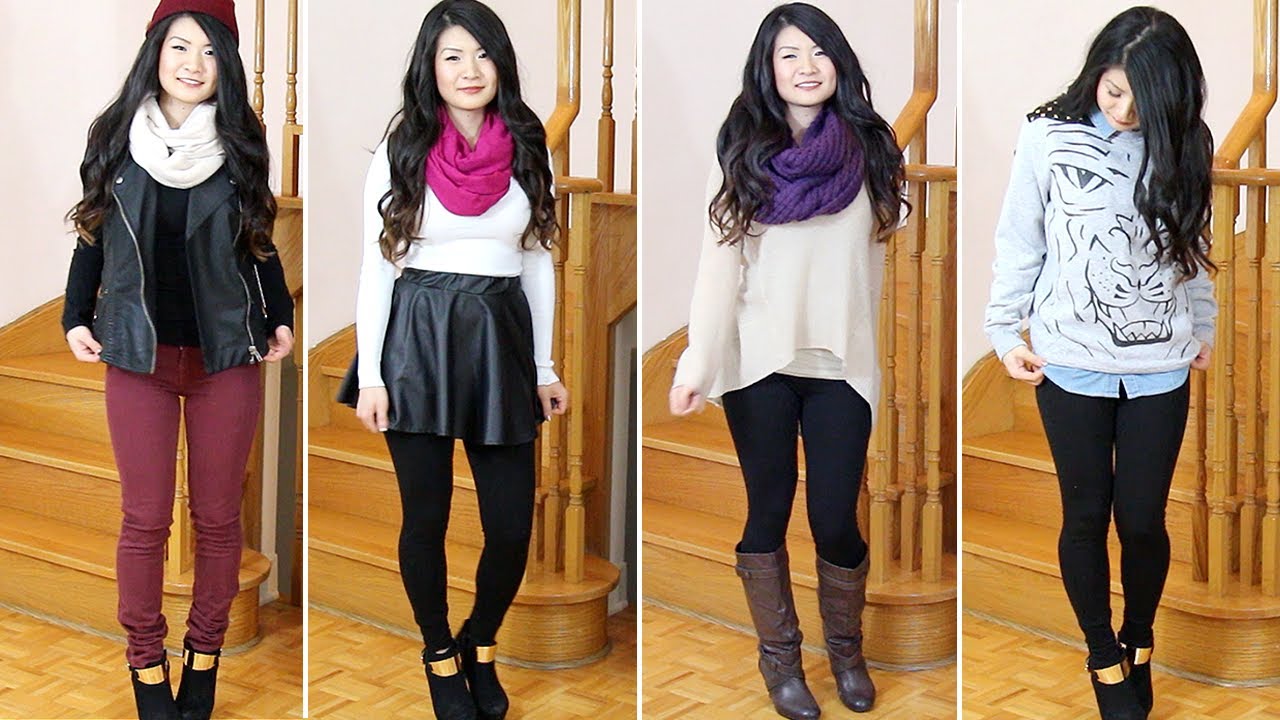
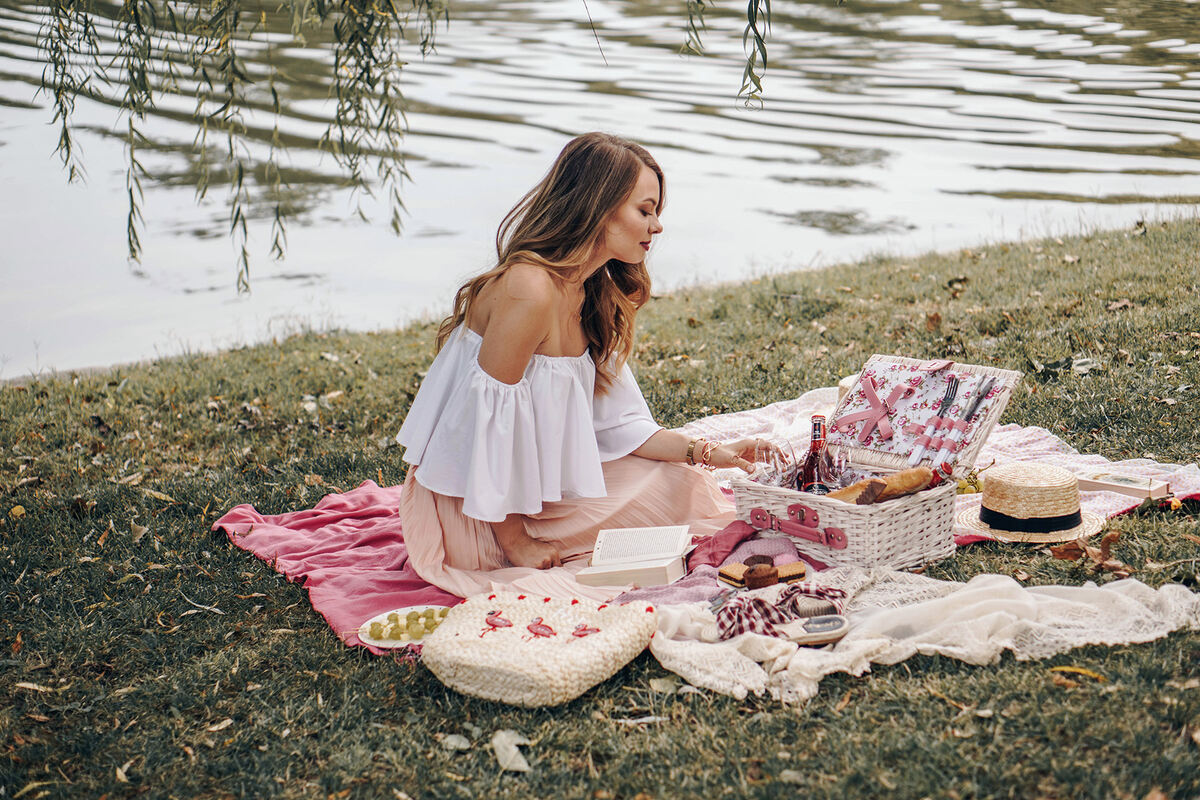
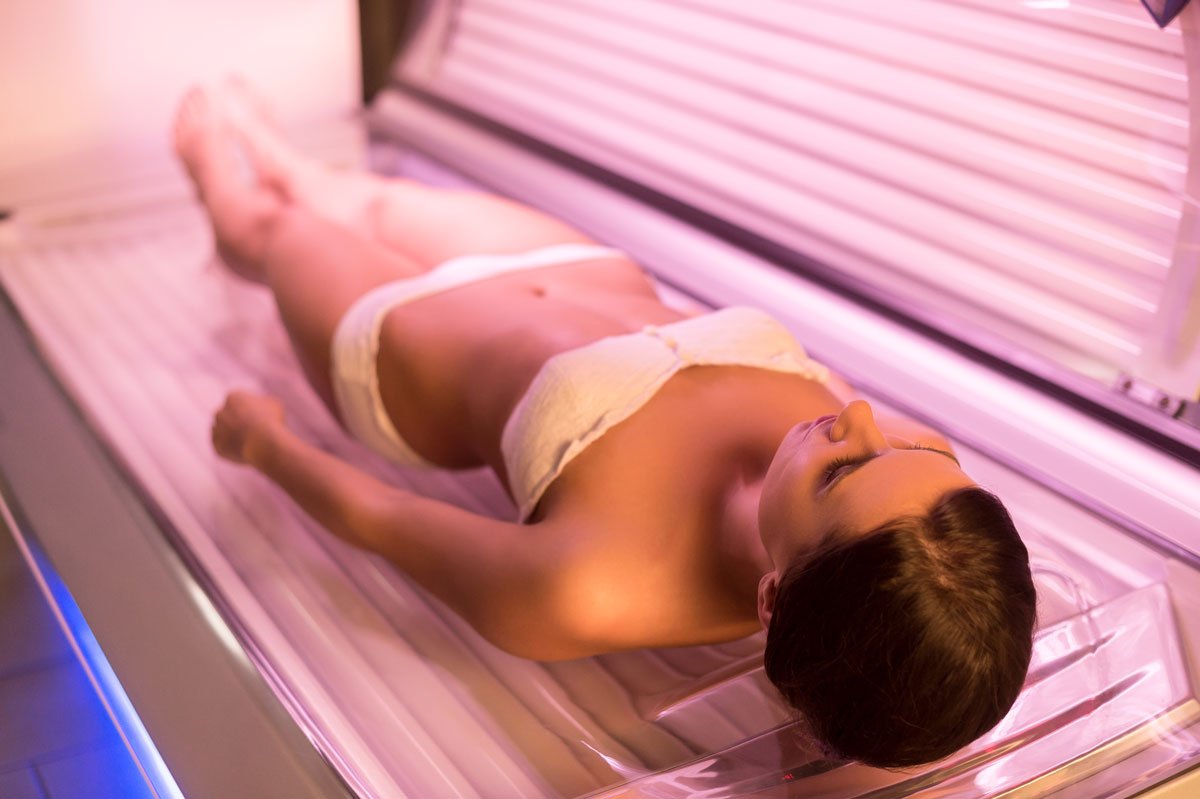
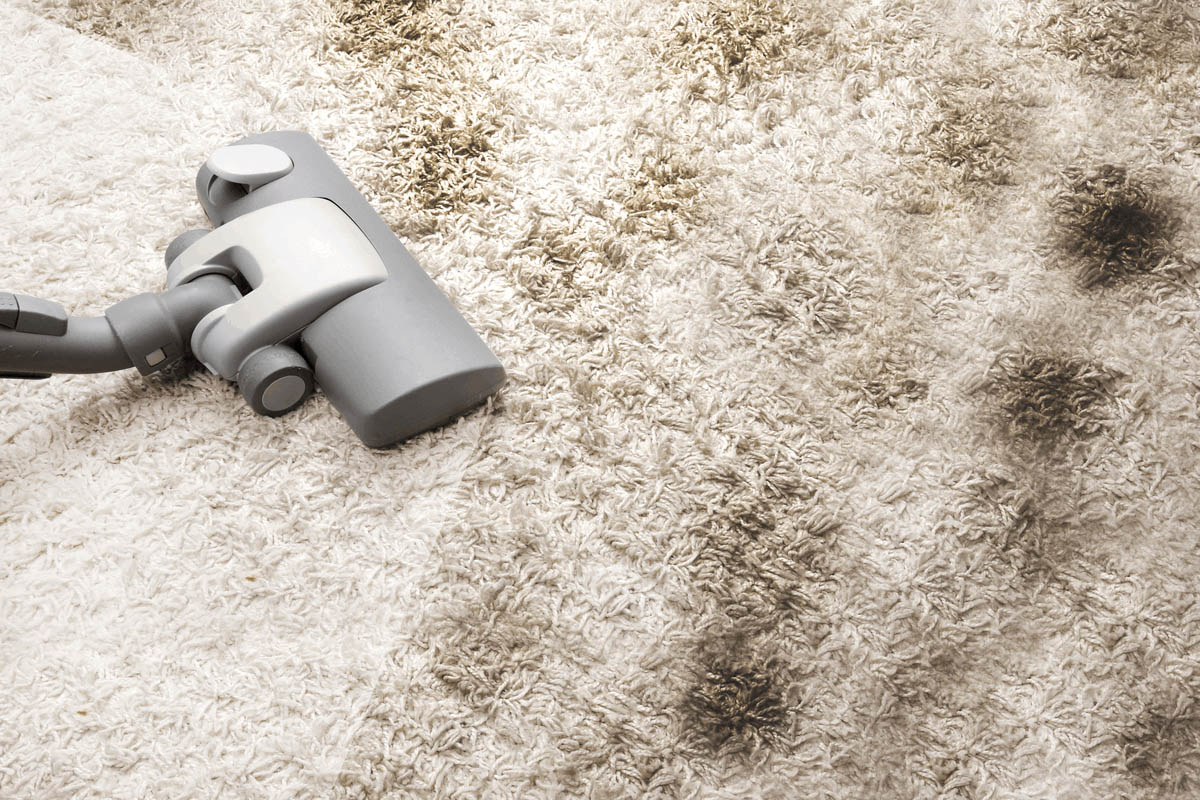
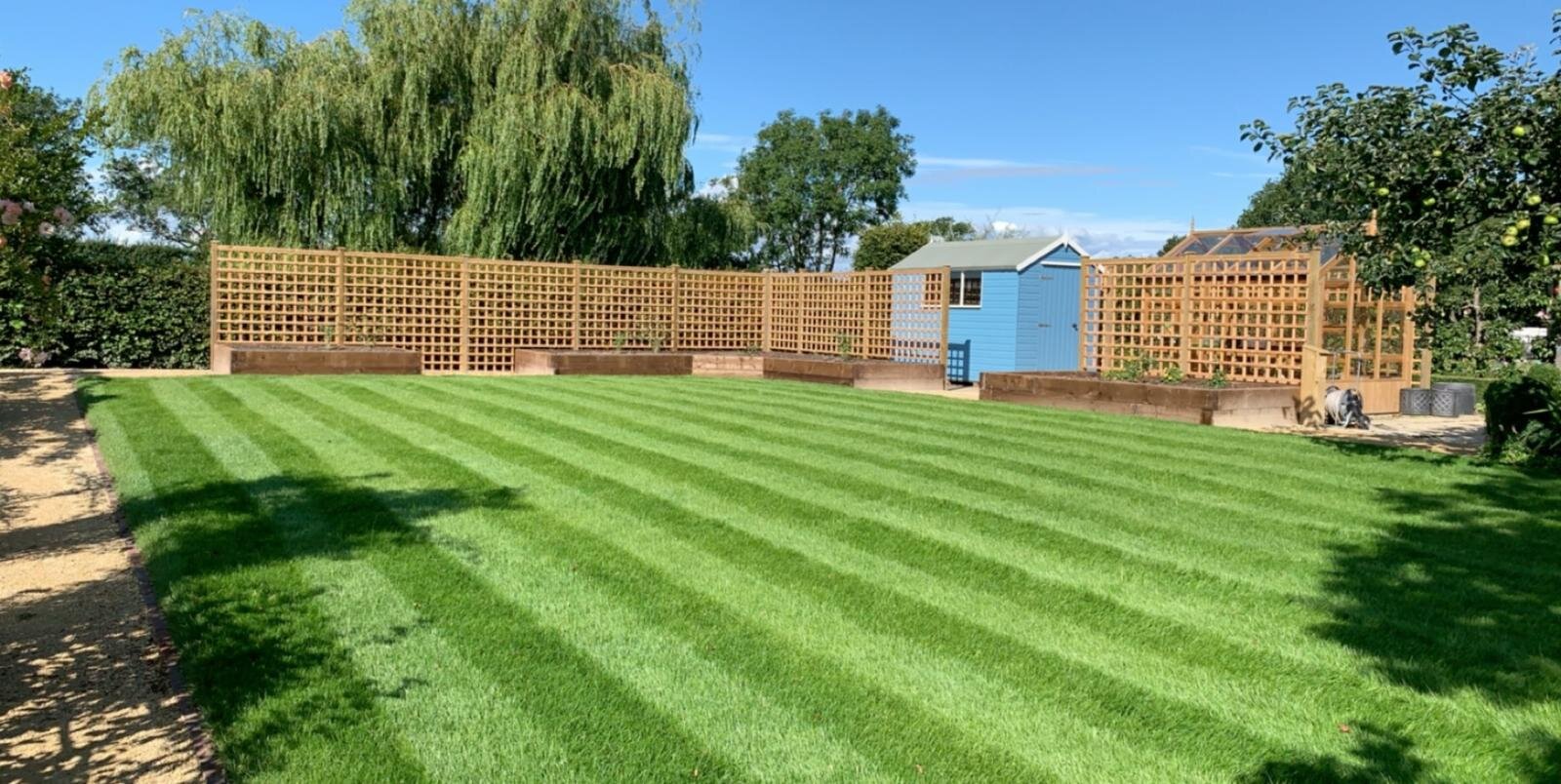
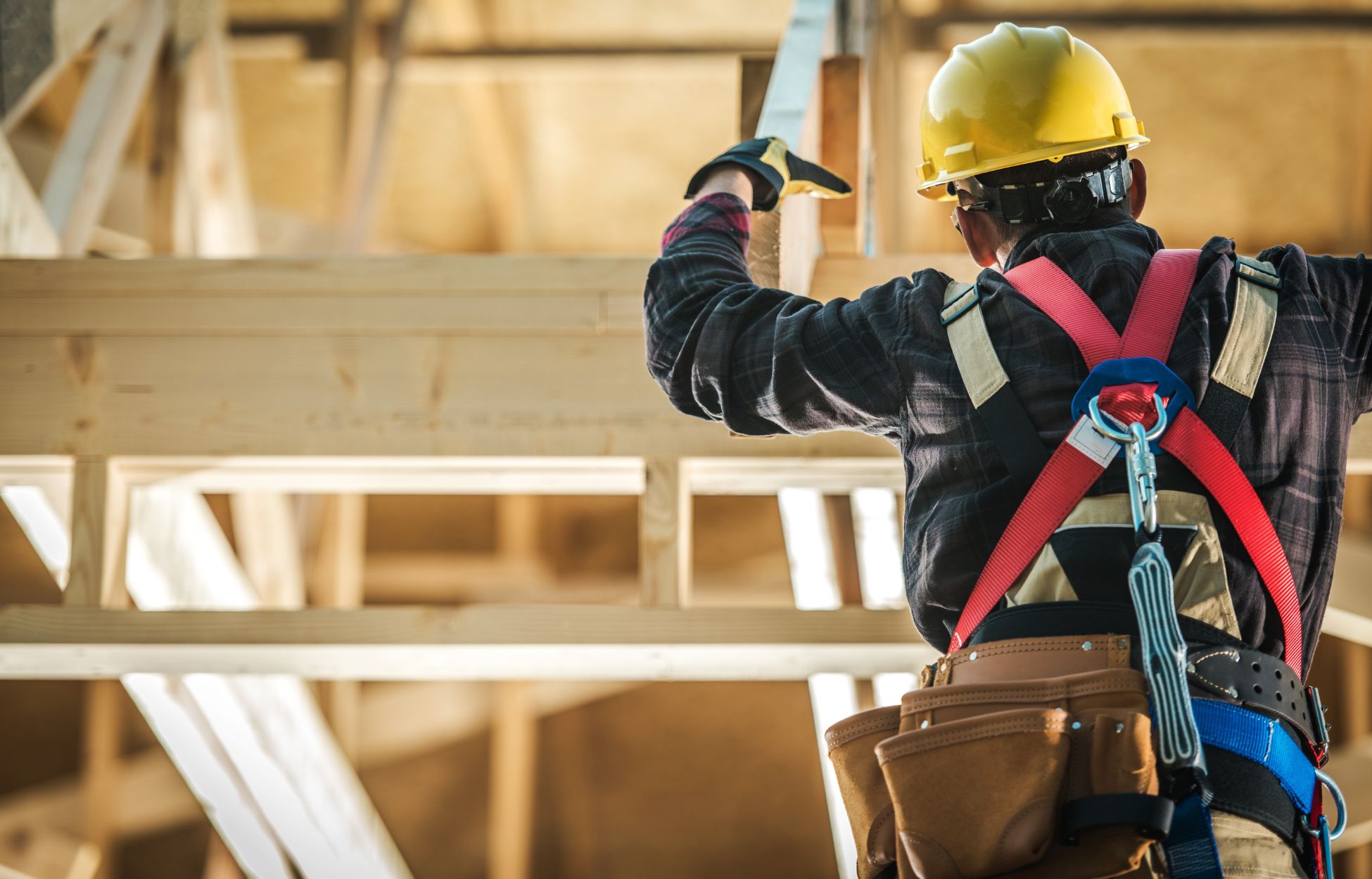
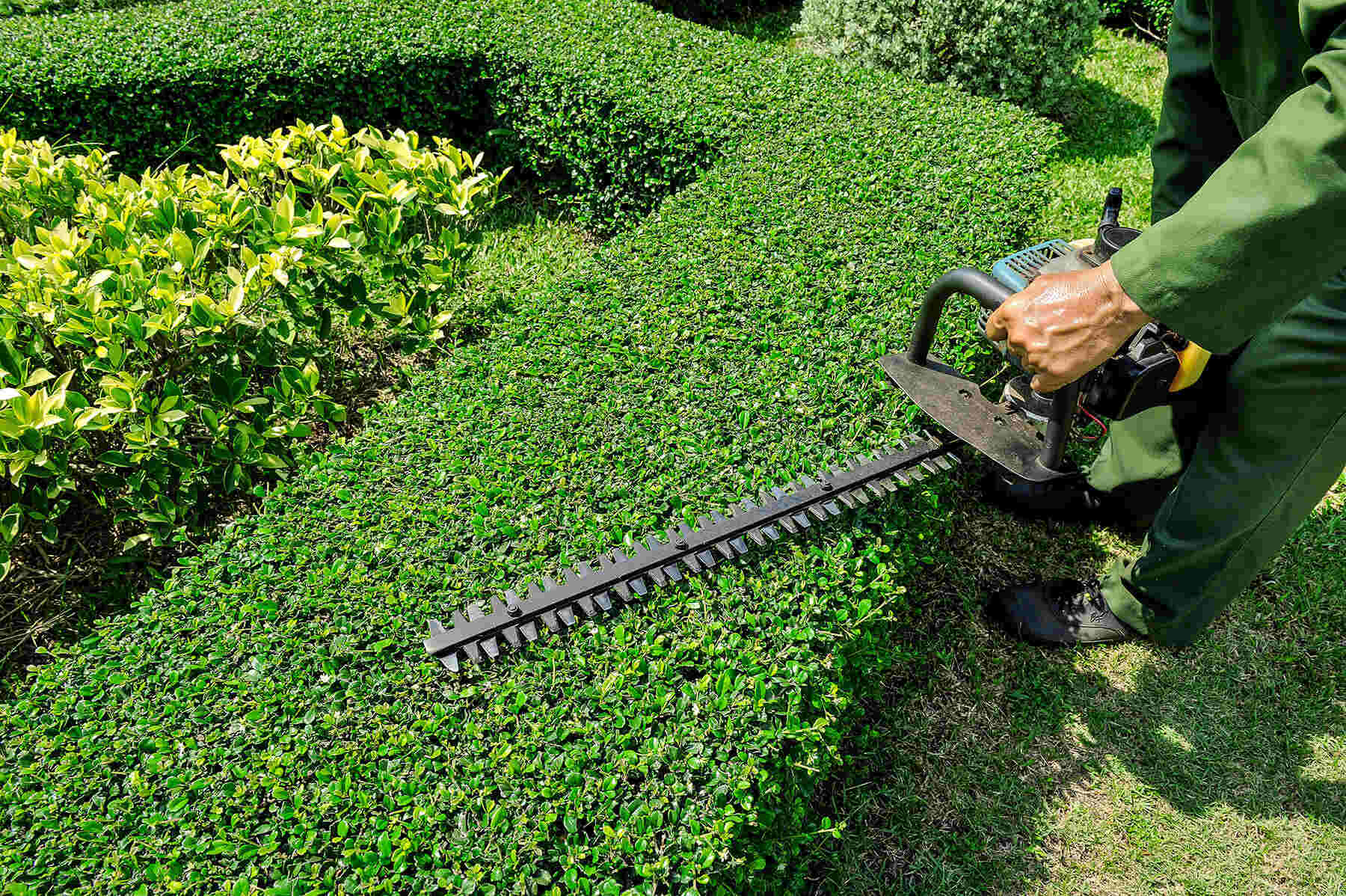
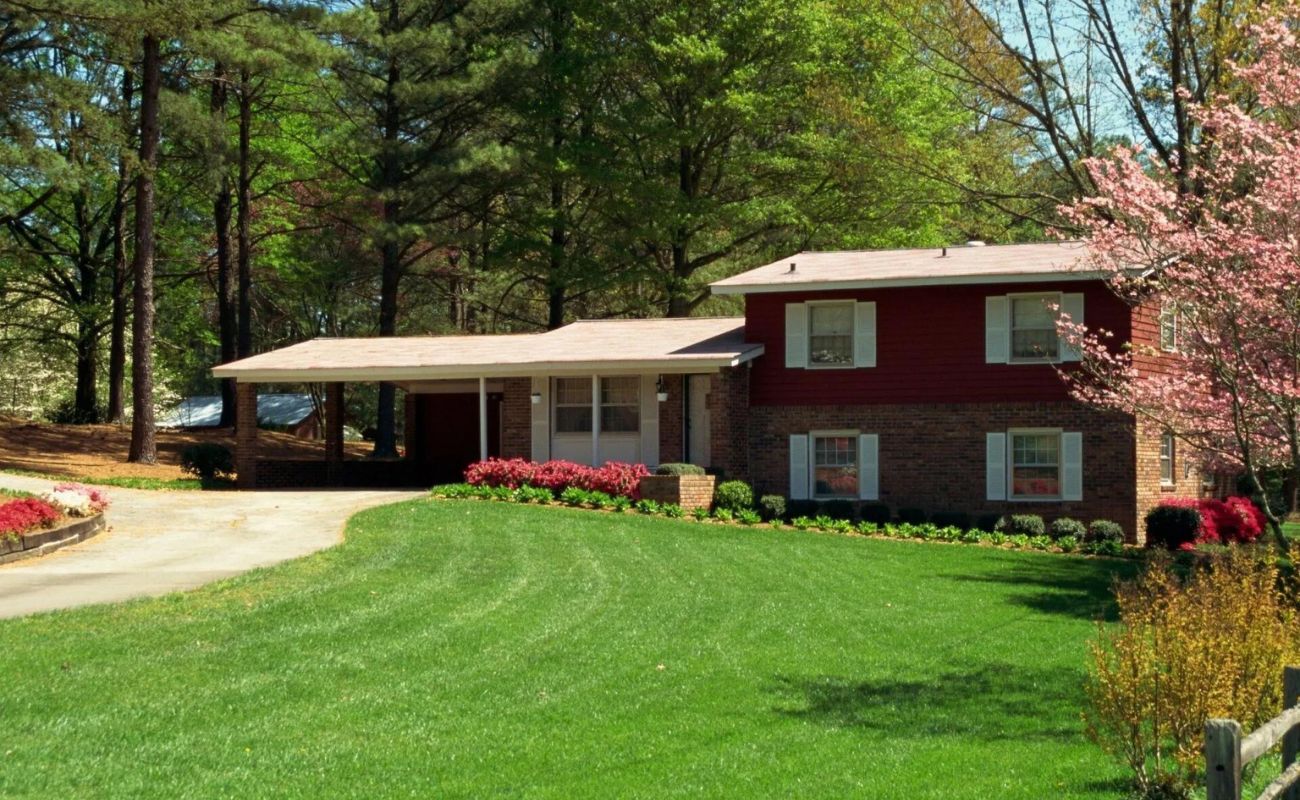


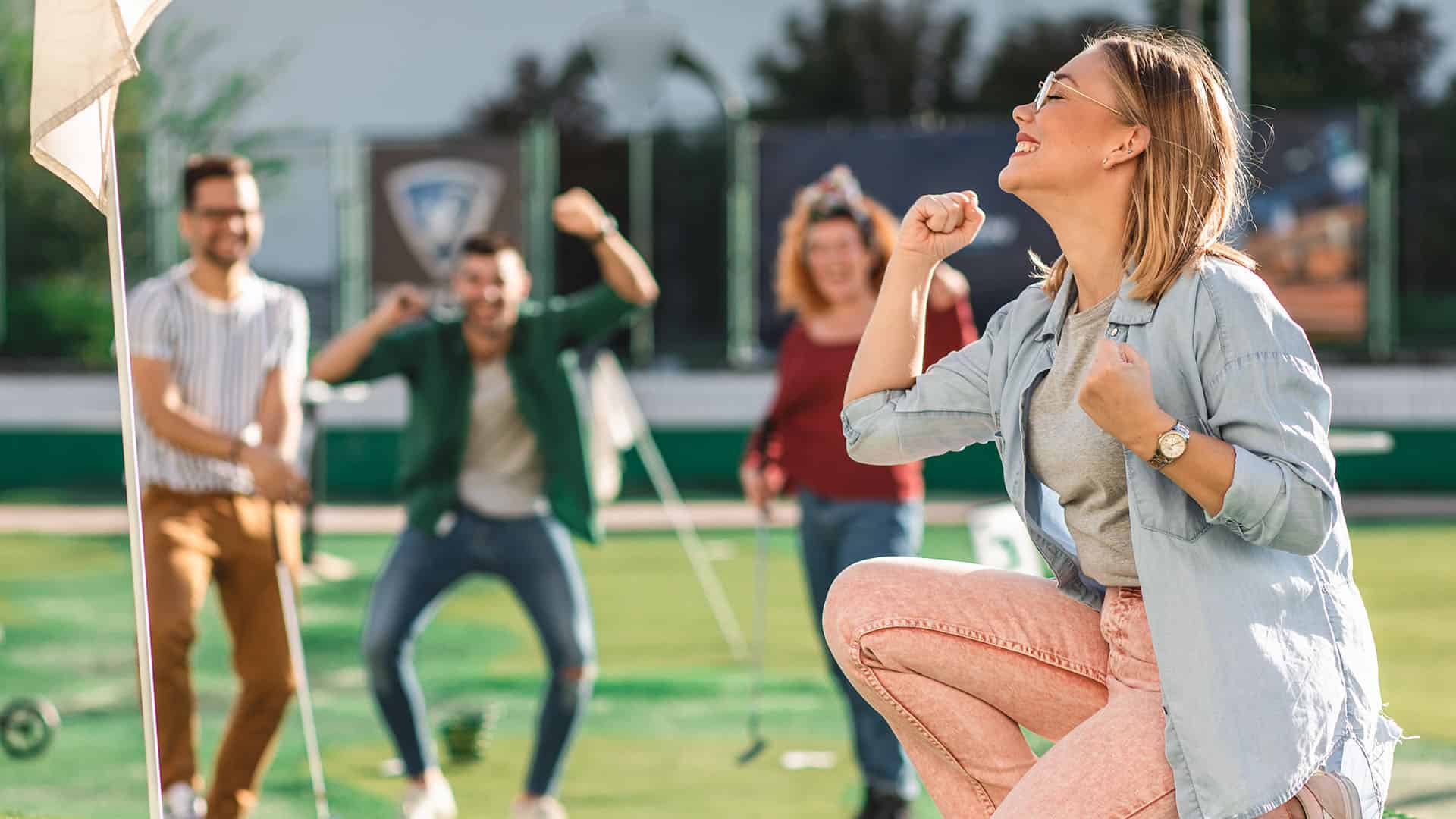
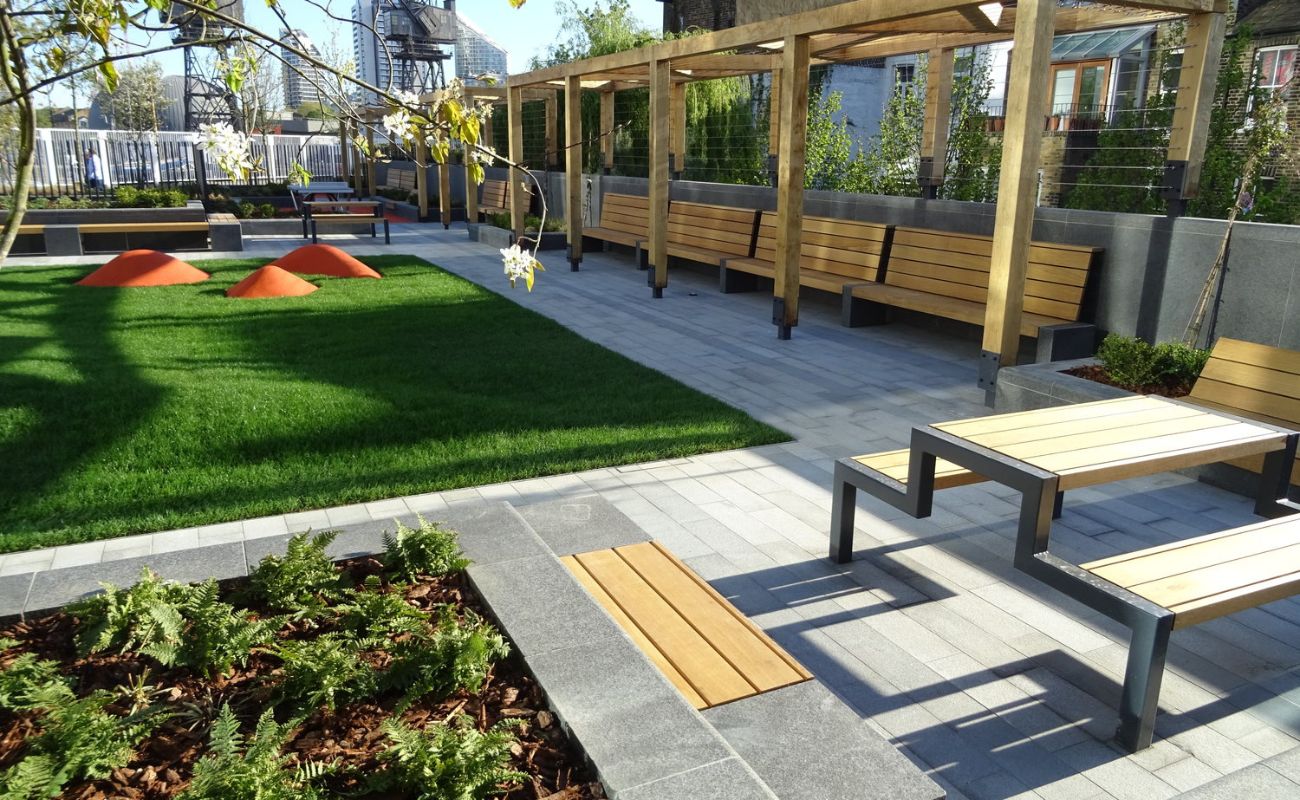

0 thoughts on “What To Wear For Landscaping”